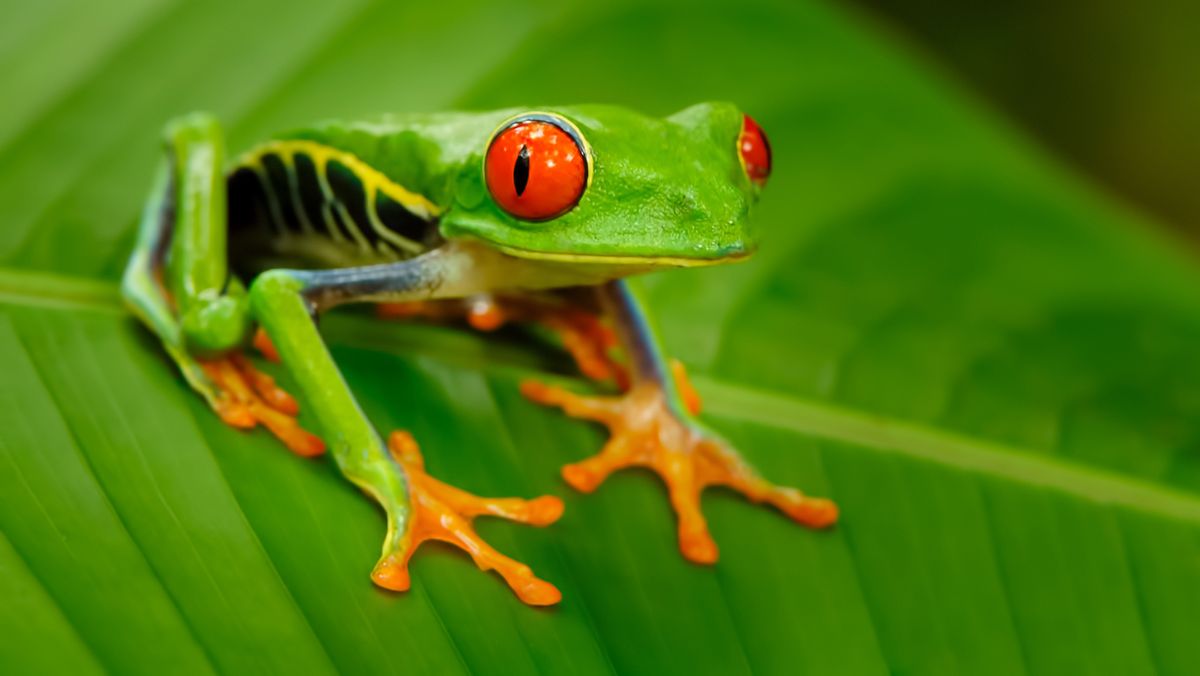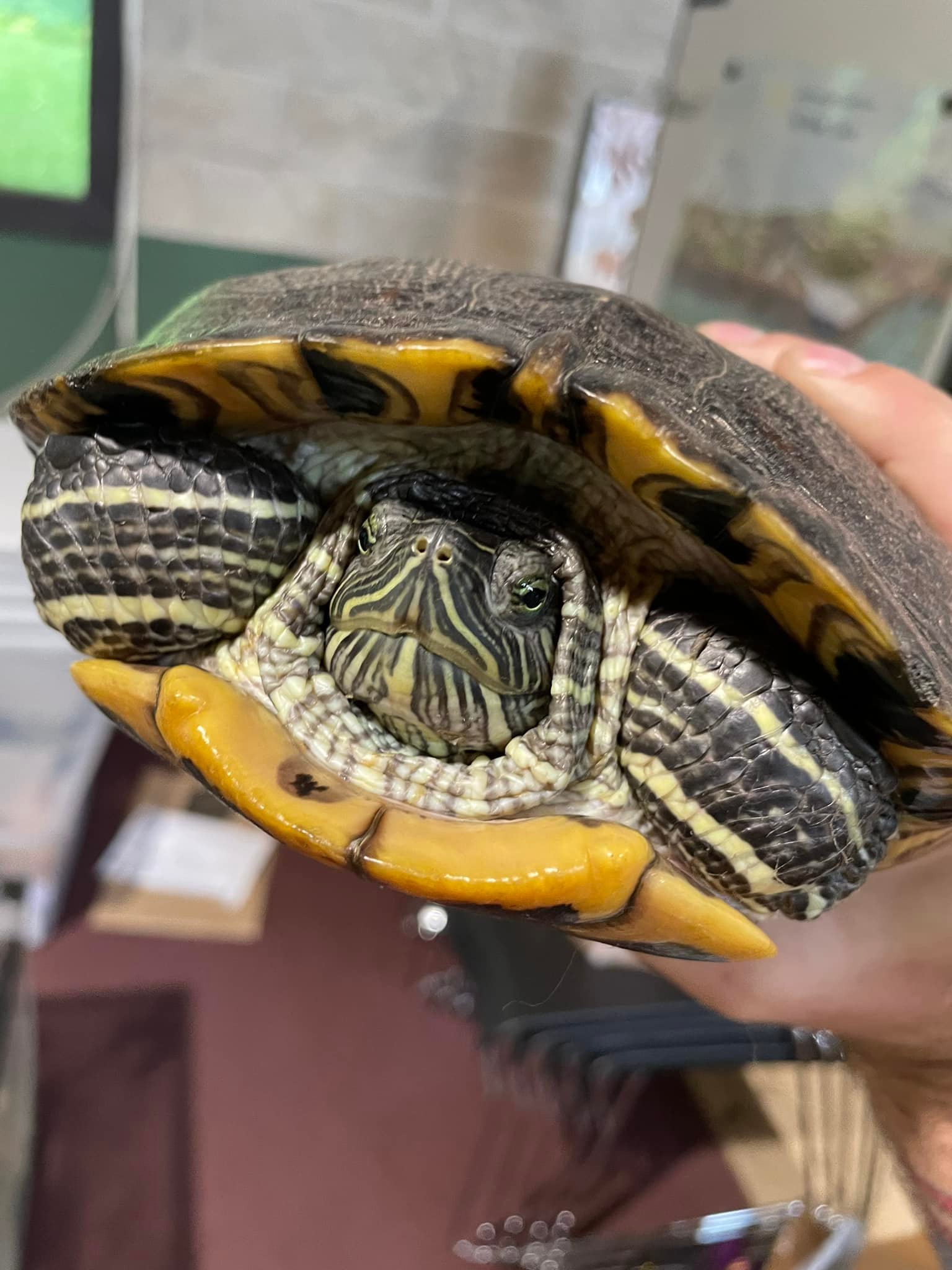Amazing Rainforest Animals That Will Fascinate You

Table of Contents
The earth’s tropical rainforests are home to some of the most extraordinary and diverse creatures, beings that intrigue biologists, adventurers, and dreamers alike. From the forest floor to the dense canopy, life pulses with unimaginable beauty and ferocity. These ecosystems nurture an array of species that astonish with their adaptations, behaviors, and evolutionary mysteries. Among them are the Rainforest animals, each a testament to nature’s brilliance. To enrich your understanding of biodiversity, you may explore The Secrets of Tropical Ecosystems, a comprehensive guide that delves into the intricacies of these verdant realms.
The Enchanting World of Rainforest Animals
Rainforests are unparalleled in biological richness. Although they cover only about 6% of the Earth’s surface, they harbor more than half of the planet’s plant and animal species. Every level of these lush biomes, from the damp soil to the lofty emergent trees, offers unique habitats.
What captivates most observers is not merely the number of species, but the fascinating ways in which they coexist. Predators, prey, pollinators, and parasites weave a web of survival strategies, shaping an intricate community of life. From iridescent insects to formidable jaguars, these creatures symbolize resilience and creativity in evolution.
The Colors of Adaptation
The rainforest dazzles with colors that serve both allure and survival. Birds like the scarlet macaw display blazing plumage, not as vanity, but as a tool of recognition and mate attraction. Poison dart frogs radiate neon hues—visual warnings that their skin secretes potent toxins.
Camouflage is equally striking. Leaf-tailed geckos merge flawlessly with bark, deceiving both predator and prey. Sloths, with algae-coated fur, adopt a greenish hue that blends seamlessly with the canopy. Here, beauty and utility merge, illustrating how survival is often painted in vibrant tones.
Predators of the Canopy and Floor
Within this dense green expanse, predators reign with silent authority. Jaguars prowl the understory, their muscular bodies designed for ambush. Unlike most big cats, they crush skulls with a singular, lethal bite.
High above, harpy eagles glide among the treetops. Their talons, as large as a grizzly bear’s claws, grip monkeys and sloths with ruthless precision. In rivers and flooded forests, anacondas lurk. These colossal serpents, capable of swallowing capybaras whole, embody the formidable strength of nature’s hunters.
Breeding Behaviors Among Rainforest Animals
Courtship and reproduction in the rainforest often border on the theatrical. Male birds-of-paradise engage in elaborate dances, puffing feathers and hopping rhythmically to attract mates. Howler monkeys establish dominance through deafening roars that echo across kilometers, securing their place in the social hierarchy.
Insects, though small, reveal equally captivating rituals. Fireflies orchestrate synchronized flashes, a language of light used for attraction. Leafcutter ants, on the other hand, perpetuate their colonies by nurturing symbiotic fungi, a cycle of cooperation that underpins their survival.
Rainforest Animals and Their Survival Strategies
Life in these ecosystems demands constant innovation. Many species have evolved astonishing strategies to evade danger and secure resources.
-
The glass frog, with translucent skin, remains nearly invisible to predators.
-
The giant anteater, despite poor eyesight, wields a tongue extending over two feet to consume thousands of insects daily.
-
Leafcutter ants carry foliage many times their body weight to sustain their underground gardens.
-
The three-toed sloth moves so slowly that algae flourish in its fur, disguising it as part of the foliage.
-
The electric eel generates powerful shocks to defend itself and incapacitate prey.
Each adaptation reflects the dynamic contest of survival, where creativity determines longevity.
Symbolism and Cultural Reverence
Beyond their ecological roles, many rainforest creatures are enshrined in human mythologies and cultural traditions. The jaguar, for instance, symbolizes power and protection in Mayan and Amazonian lore. Frogs, often linked to rain and fertility, hold sacred significance in indigenous rituals. Birds like toucans and parrots feature in folklore as messengers between realms.
These symbolic roles underscore how deeply human history and rainforest wildlife are intertwined. Understanding these connections enriches appreciation, reminding us that conservation is not merely ecological, but cultural.
Threats to Their Survival
While the rainforest flourishes with life, it also teeters on fragility. Deforestation, climate change, and illegal wildlife trade erode the balance. Species lose habitats faster than they can adapt, pushing many toward extinction. Amphibians are particularly vulnerable, as fungal diseases and habitat loss decimate populations.
Conservation efforts focus on protecting large tracts of land, curbing exploitation, and fostering sustainable practices among local communities. Preserving these creatures ensures that future generations can witness their splendor. For deeper insight into sustainable practices, see Wildlife Conservation and Global Futures, which highlights methods that align human progress with ecological preservation.
Rainforest Animals as Architects of Ecology
The rainforest is not simply a backdrop for its inhabitants; it is shaped continuously by them. Bats pollinate plants and disperse seeds across vast distances. Termites recycle decaying matter, enriching the soil. Large mammals, such as tapirs, act as gardeners of the forest, scattering seeds that later grow into towering trees.
Each species, no matter how small, participates in a grand choreography that sustains the ecosystem. Remove one, and the symphony falters. Understanding this interdependence fosters a recognition of the rainforest as a living entity, not merely a collection of organisms.
A Glimpse Into the Future
As scientific exploration advances, new species are discovered regularly. From insects with metallic hues to amphibians bearing previously unseen patterns, the rainforest remains a frontier of knowledge. The potential for discoveries extends beyond biology; pharmaceutical research often begins with compounds derived from rainforest organisms.
In this sense, the preservation of these ecosystems is not only about admiration, but survival—human and otherwise. Protecting them safeguards reservoirs of knowledge that may one day yield cures, innovations, and deeper insights into life’s mysteries.
The Legacy of Rainforest Life
Rainforests are sanctuaries of life’s ingenuity. Every organism, from the smallest insect to the mightiest predator, illustrates resilience, creativity, and balance. To walk beneath their towering canopies is to witness evolution’s masterpieces in motion. For those inspired to explore further, Guardians of the Green Earth provides pathways into the world of ecological preservation and human responsibility.
In the end, fascination with these extraordinary beings compels action. To admire them is to acknowledge their right to thrive, not merely as wonders for human curiosity, but as vital threads in the fabric of existence.



